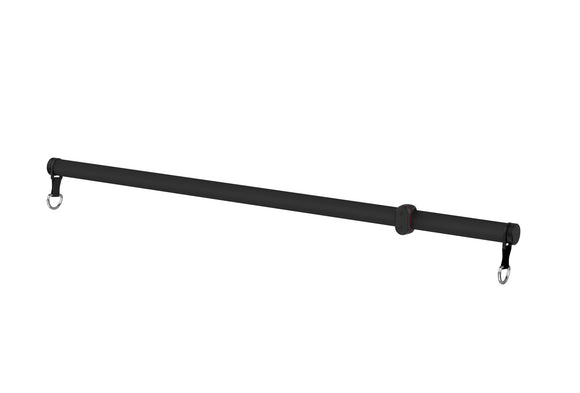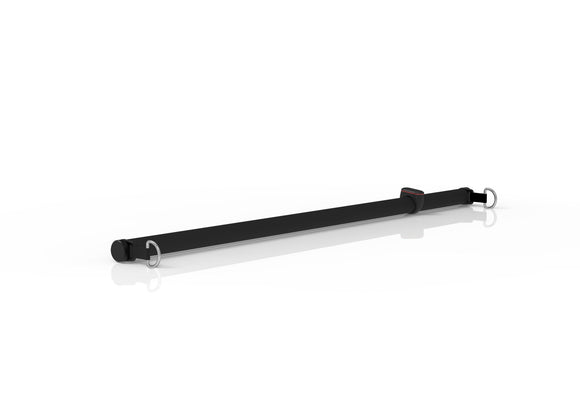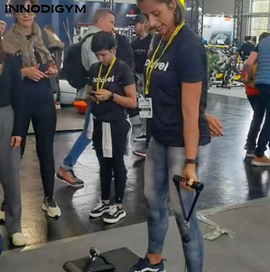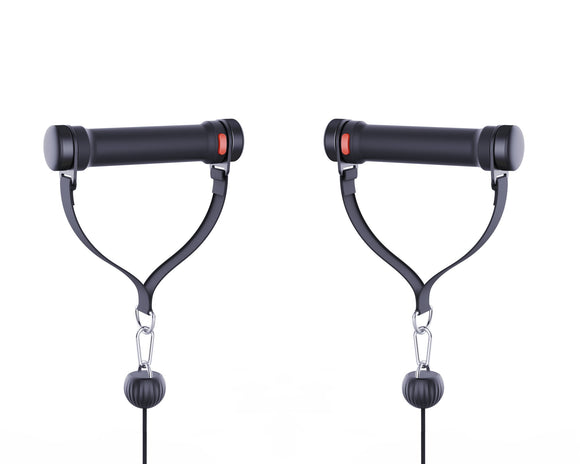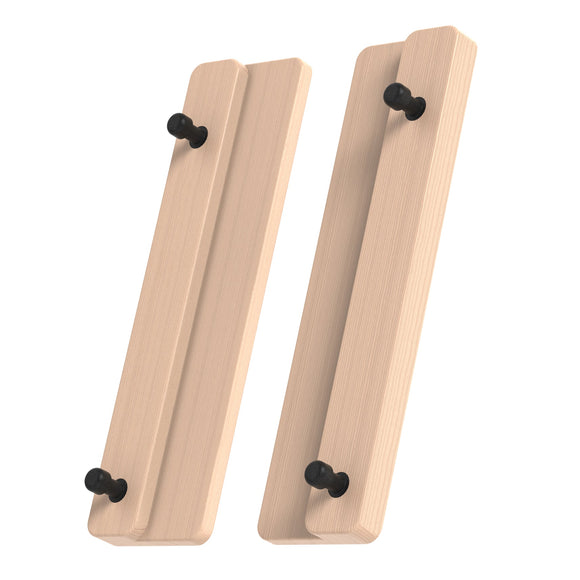Building strength and muscle endurance is essential for overall fitness and health. Whether you're a beginner or an experienced athlete, incorporating a variety of exercises and routines can help you achieve your fitness goals. This guide covers upper body strength, lower body strength, strength training routines, muscle endurance, progressive overload, compound movements, isolation exercises, and more.
Upper Body Strength
Upper body strength is crucial for daily activities and overall fitness. Here are some of the best exercises and routines to build upper body strength:
-
Best Exercises for Upper Body Strength
- Push-ups: Target the chest, shoulders, and triceps.
- Pull-ups: Excellent for the back and biceps.
- Dumbbell Shoulder Press: Builds shoulder and upper back strength.
-
Upper Body Strength Training Routine
- Incorporate exercises like bench press, rows, and tricep dips.
- Aim for 3-4 sets of 8-12 reps for each exercise.
-
How to Build Upper Body Strength at Home
- Use bodyweight exercises like push-ups, pull-ups, and dips.
- Resistance bands can add extra challenge and variety.
Lower Body Strength
Lower body strength is essential for mobility and balance. Here are some key exercises and routines:
-
Lower Body Strength Training Exercises
- Squats: Target the quads, hamstrings, and glutes.
- Lunges: Improve balance and leg strength.
- Deadlifts: Engage the entire lower body and core.
-
Benefits of Lower Body Strength Workouts
- Improved mobility and balance.
- Enhanced athletic performance and reduced injury risk.
-
Lower Body Strength Program for Beginners
- Start with bodyweight exercises and gradually add resistance.
- Focus on proper form to avoid injuries.
Strength Training Routine
Creating an effective strength training routine is key to achieving your fitness goals. Here’s how to do it:
-
How to Create a Strength Training Routine
- Identify your fitness goals and choose exercises that align with them.
- Plan your workouts to include a mix of compound and isolation exercises.
-
Best Strength Training Routine for Beginners
- Start with a full-body workout 2-3 times a week.
- Focus on mastering basic movements like squats, push-ups, and rows.
-
Strength Training Routine for Muscle Gain
- Incorporate progressive overload by gradually increasing weight and intensity.
- Aim for 4-5 sets of 6-8 reps for each exercise.
Muscle Endurance
Muscle endurance is the ability of a muscle to sustain repeated contractions over time. Here are some exercises and tips:
-
Muscle Endurance Training Exercises
- Planks: Build core endurance.
- High-Rep Squats: Improve leg endurance.
- Circuit Training: Combines cardio and strength for endurance.
-
Benefits of Muscle Endurance Workouts
- Enhanced stamina and performance.
- Improved cardiovascular health.
-
How to Improve Muscle Endurance
- Incorporate high-rep sets and short rest periods into your workouts.
- Combine strength training with cardio exercises.
Strength Program
A well-structured strength program can help you achieve significant gains. Here’s what to consider:
-
Best Strength Program for Beginners
- Focus on full-body workouts to build a solid foundation.
- Include both compound and isolation exercises.
-
12-Week Strength Program for Muscle Growth
- Plan a progressive overload schedule to gradually increase intensity.
- Include rest and recovery days to prevent overtraining.
-
Strength Program for Athletes
- Tailor workouts to specific sports and performance goals.
- Include power training exercises to improve explosiveness.
Progressive Overload
Progressive overload is a principle that involves gradually increasing the stress placed on the body during training. Here's how to implement it:
-
How to Use Progressive Overload for Muscle Growth
- Increase the weight lifted, the number of reps, or the volume of your workouts.
- Track your progress and adjust your workouts accordingly.
-
Benefits of Progressive Overload Training
- Continuous improvement and muscle growth.
- Prevents plateaus in your training.
-
Progressive Overload Workout Plan
- Plan incremental increases in weight or reps each week.
- Include deload weeks to allow for recovery.
Compound Movements
Compound movements engage multiple muscle groups and are essential for strength training:
-
Best Compound Movements for Strength
- Deadlifts: Target the entire posterior chain.
- Squats: Engage the lower body and core.
- Bench Press: Focus on the chest, shoulders, and triceps.
-
Compound Movements vs. Isolation Exercises
- Compound movements provide a full-body workout and improve functional strength.
- Isolation exercises target specific muscles for hypertrophy.
-
How to Perform Compound Movements Correctly
- Maintain proper form to avoid injuries.
- Use a spotter or safety racks when lifting heavy weights.
Isolation Exercises
Isolation exercises target specific muscles and are useful for muscle growth and definition:
-
Best Isolation Exercises for Muscle Growth
- Bicep Curls: Target the biceps.
- Tricep Extensions: Focus on the triceps.
- Leg Curls: Isolate the hamstrings.
-
Isolation Exercises for Specific Muscles
- Choose exercises that target your weak points or areas you want to improve.
- Include them at the end of your workout for optimal results.
-
Isolation Exercises vs. Compound Exercises
- Use isolation exercises to complement compound movements and address muscle imbalances.
Strength Coach
Working with a strength coach can help you achieve your fitness goals more efficiently:
-
How to Find a Good Strength Coach
- Look for certifications and experience in the field.
- Read reviews and ask for recommendations.
-
Benefits of Working with a Strength Coach
- Personalized training programs and expert guidance.
- Improved motivation and accountability.
-
Strength Coach Training Programs
- Tailored to your specific goals and fitness level.
- Regular assessments to track progress and adjust the plan.
Power Training
Power training focuses on explosive movements and is essential for athletes:
-
Power Training Exercises for Athletes
- Plyometric Jumps: Improve explosive strength.
- Olympic Lifts: Enhance power and coordination.
- Sprints: Increase speed and agility.
-
Benefits of Power Training Workouts
- Improved athletic performance.
- Enhanced muscle activation and coordination.
-
Power Training vs. Strength Training
- Power training emphasizes speed and explosiveness.
- Strength training focuses on maximum force production.
Strength Circuits
Strength circuits combine multiple exercises for a high-intensity workout:
-
Best Strength Circuits for Weight Loss
- Combine cardio and strength exercises like burpees, kettlebell swings, and lunges.
- Keep rest periods short to maintain intensity.
-
How to Create a Strength Circuit Workout
- Choose exercises that target different muscle groups.
- Plan for 3-4 rounds with minimal rest between exercises.
-
Strength Circuits for Beginners
- Start with bodyweight exercises and gradually add resistance.
- Focus on form and control rather than speed.
Resistance Machines
Resistance machines offer a safe and controlled way to build strength:
-
Best Resistance Machines for Home Gym
- Multi-gym systems that offer a variety of exercises.
- Adjustable resistance machines for different fitness levels.
-
Resistance Machines vs. Free Weights
- Machines provide stability and are ideal for beginners.
- Free weights offer more functional strength and flexibility.
-
How to Use Resistance Machines Effectively
- Follow the instructions and adjust the settings to your body.
- Combine with free weights for a balanced workout.
Strength and Conditioning
Strength and conditioning workouts are essential for overall athletic performance:
-
Strength and Conditioning Workouts for Athletes
- Include a mix of strength, power, and endurance exercises.
- Tailor workouts to the specific demands of your sport.
-
Benefits of Strength and Conditioning Training
- Improved performance and reduced injury risk.
- Enhanced overall fitness and health.
-
Strength and Conditioning Programs for Beginners
- Start with basic movements and gradually increase intensity.
- Include both aerobic and anaerobic exercises.
Bodyweight Strength Exercises
Bodyweight strength exercises are versatile and can be done anywhere:
-
Best Bodyweight Strength Exercises
- Push-ups, pull-ups, and squats.
- Planks and lunges for core and lower body strength.
-
Full Body Bodyweight Strength Workouts
- Combine upper and lower body exercises for a balanced routine.
- Aim for 3-4 sets of 10-15 reps for each exercise.
-
Bodyweight Strength Exercises for Beginners
- Start with easier variations and progress as you get stronger.
- Focus on proper form and control.
Find similar articles
Benefits of Lower Body Strength WorkoutsBenefits of Muscle Endurance WorkoutsBenefits of Power Training WorkoutsBenefits of Strength and Conditioning TrainingBenefits of Working with a Strength CoachBest Bodyweight Strength ExercisesBest Compound Movements for StrengthBest Isolation Exercises for Muscle GrowthBest Resistance Machines for Home GymBest Strength Circuits for Weight LossBodyweight Strength ExercisesBodyweight Strength Exercises for BeginnersCompound MovementsCompound Movements vs. Isolation ExercisesFull Body Bodyweight Strength WorkoutsHow to Create a Strength Circuit WorkoutHow to Create a Strength Training RoutineHow to Find a Good Strength CoachHow to Improve Muscle EnduranceHow to Perform Compound Movements CorrectlyHow to Use Progressive Overload for Muscle GrowthHow to Use Resistance Machines EffectivelyIsolation Exercises for Specific MusclesIsolation Exercises vs. Compound ExercisesLower Body Strength Program for BeginnersLower Body Strength Training ExercisesMuscle EnduranceMuscle Endurance Training ExercisesPower TrainingPower Training Exercises for AthletesPower Training vs. Strength TrainingProgressive OverloadProgressive Overload Workout PlanResistance MachinesResistance Machines vs. Free WeightsStrength and ConditioningStrength and Conditioning Programs for BeginnersStrength and Conditioning Workouts for AthletesStrength Circuits for BeginnersStrength Coach Training ProgramsStrength ProgramStrength Training Routine for Muscle GainUpper Body StrengthSmart Home Gym
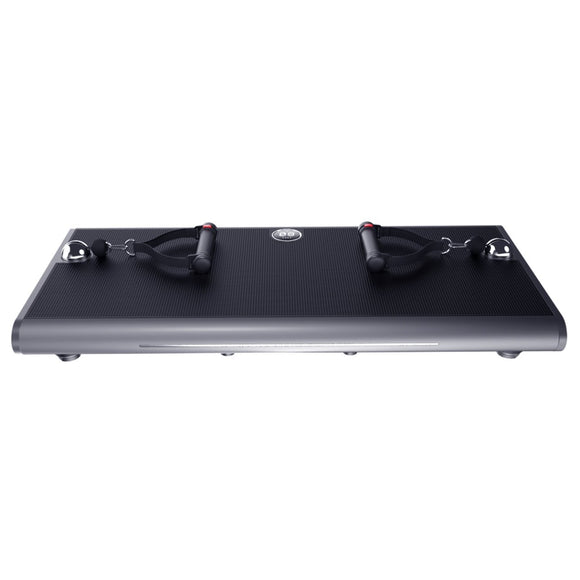

INNODIGYM P1 MAX
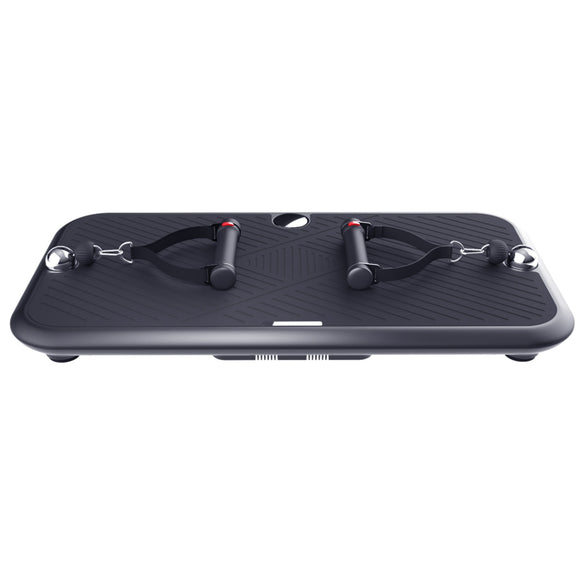

INNODIGYM P1 PLUS
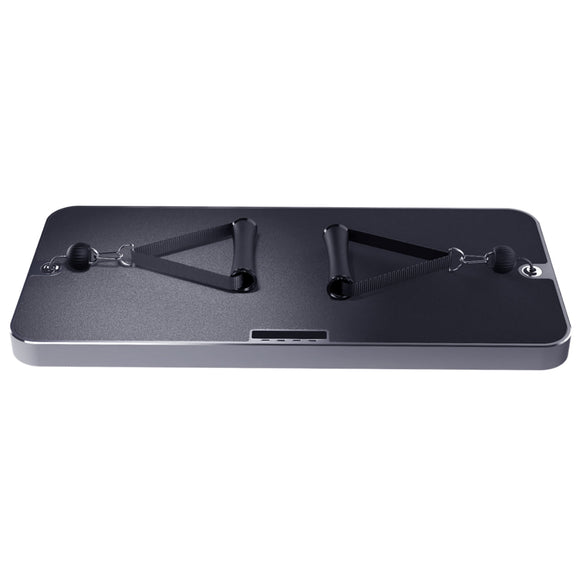

INNODIGYM P1 LITE
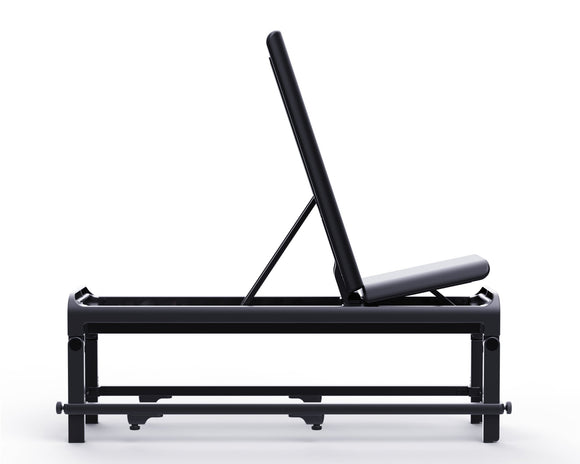
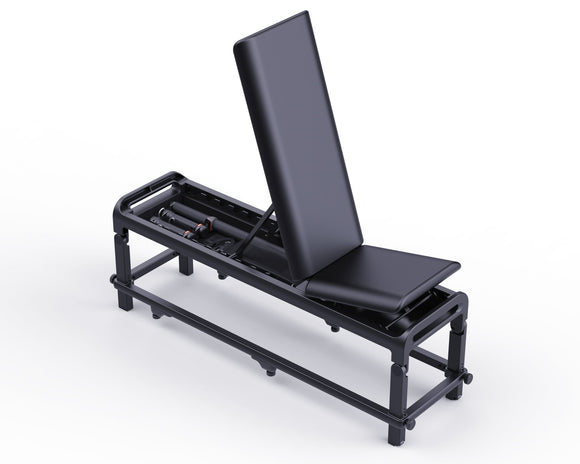
INNODIGYM BENCH
Smart Home Gym Accessories
